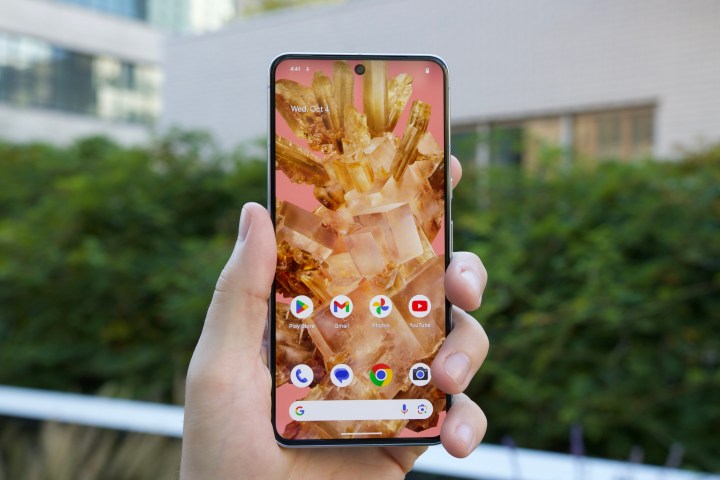
Two of the brightest smartphone displays on the market are featured on the Google Pixel 8 Pro and the OnePlus Open. However, in the ever-changing world of technology, there is always something better on the horizon.
On Tuesday, October 24, Chinese-based OnePlus and its parent company, Oppo, will announce “a new dawn” for smartphone screens. According to messages posted on Weibo by OnePlus and Digital Chat Station, the announcement is that BOE will manufacture a 3,000-nit panel for smartphones, which could be a game changer for the
The Google Pixel 8 Pro and OnePlus Open offer displays that are among the brightest on the

So, what might be the first
The brightness of a display, measured in nits, plays a crucial role in its usability. Displays with higher nit brightness are easier to view in brightly lit environments, such as direct sunlight or well-lit rooms. A display with higher nit brightness emits more light, making it easier to read or view content.
Furthermore, the contrast ratio of a display is affected by its nit brightness. A higher nit brightness translates to a more noticeable difference between the brightest and darkest parts of an image. Displays with higher nit brightness boast a higher contrast ratio, leading to more realistic and detailed images, with better color accuracy and deeper blacks. This feature is particularly crucial for images or videos with high contrast, such as movies or photographs.
A display’s nit brightness is also essential for showcasing HDR (high dynamic range) content. This content is designed to be displayed on bright displays and features a broader range of colors and brightness levels than standard content, resulting in a super-immersive and lifelike viewing experience.
The
Editors' Recommendations
- How one special feature changed my smartphone photos forever
- The OnePlus 12R is still one of 2024’s best smartphone deals
- Every Android tablet we’re expecting in 2024
- The first Google Pixel 9 Pro hands-on photos are here
- I did a OnePlus 12 vs. OnePlus 12R camera test, and there’s a big difference

